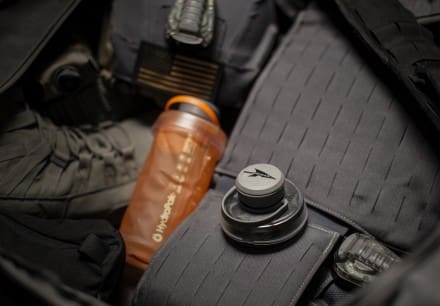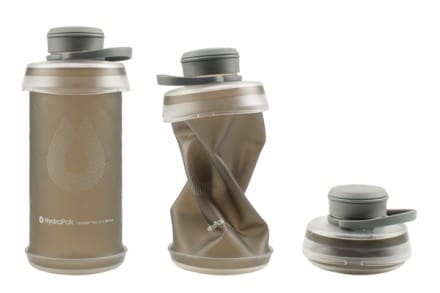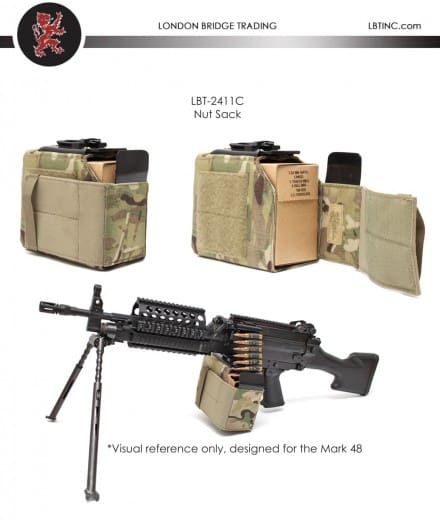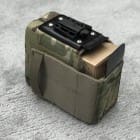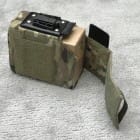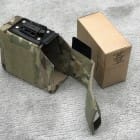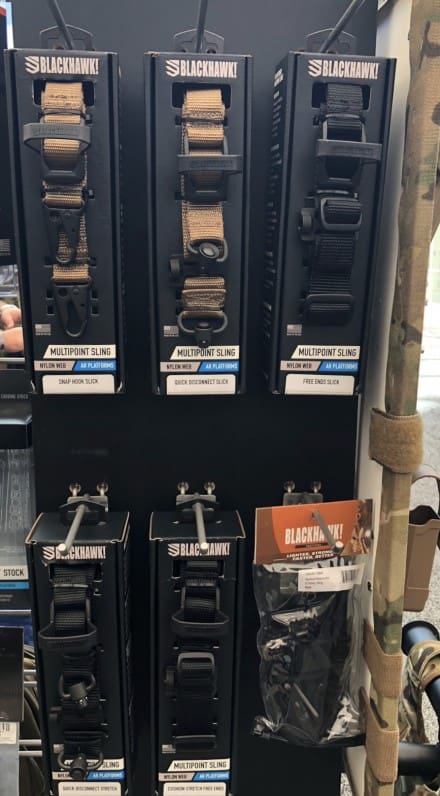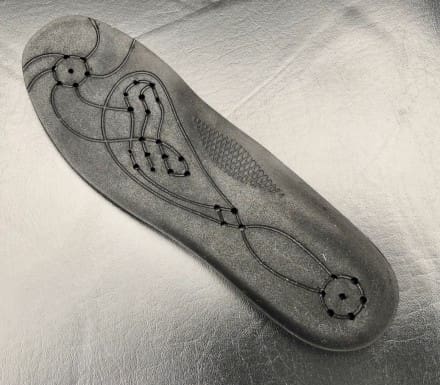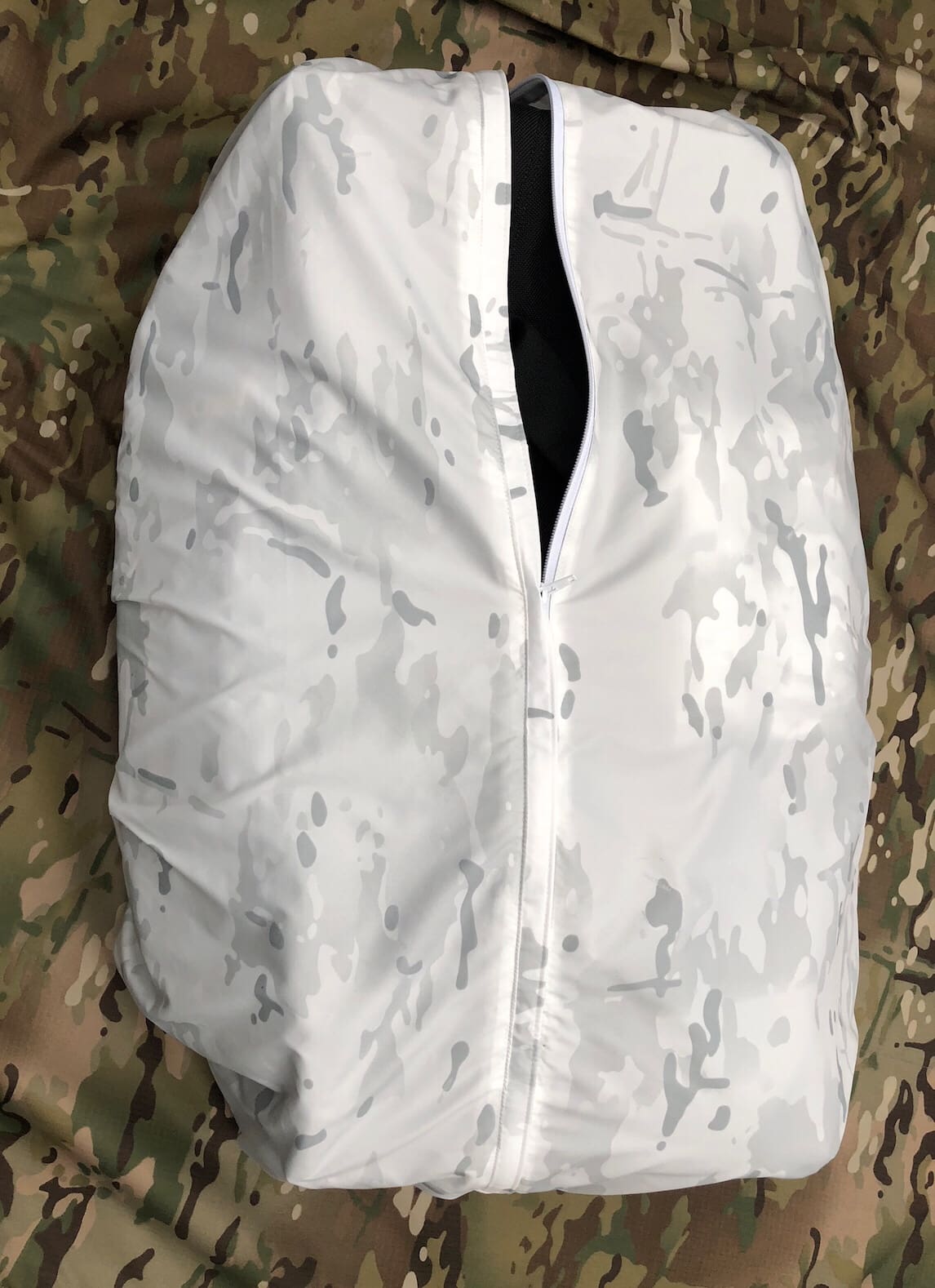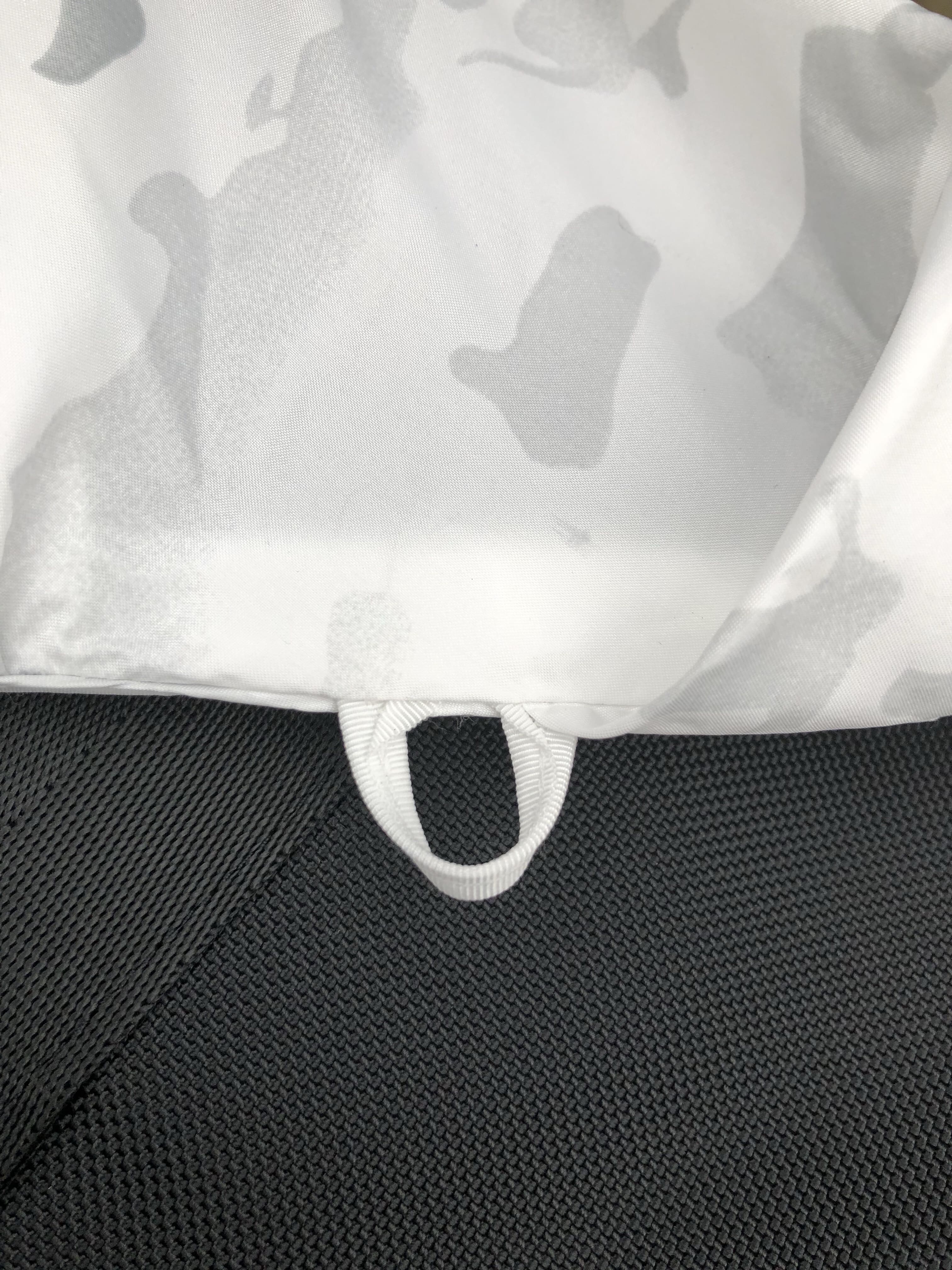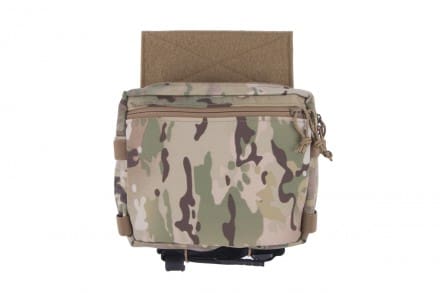
The Lunchbox pouch is a versatile breaching pouch. It was created with exclusive input from the Direct Action Resource Center (DARC), located in Arkansas. DARC is a premiere tactics and training center with the leading breaching program in the country. Their instructors have ages of practical real world experience in explosive breaching, both the military and law enforcement realms. Spiritus Systems worked closely with DARC and applied this first hand knowledge to create a product specifically for the explosive breaching community. The Lunch Box mates well with the DARC breaching curriculum and theory and is available for use in DARC breaching courses.
Larger than it’s little brother the S.A.C.K Pouch, The Lunchbox was designed to carry large and bulky items with ease. For breachers the pouch is incredibly versatile, allowing the to carry an array of charges onto the objective in a clean and easy to reach package. It also consolidates charges inside of your explosive safe so that they can be accessed at a moments notice and mounted quickly to your plate carrier.
The lunchbox can accommodate multiple Roll-Ups, two 8″x 8″ Pucks or even a firehose charge. The back side of the pouch features 5 rows of elastic loops. These loops can be used to secure multiple Interior Door Charges for easy access.
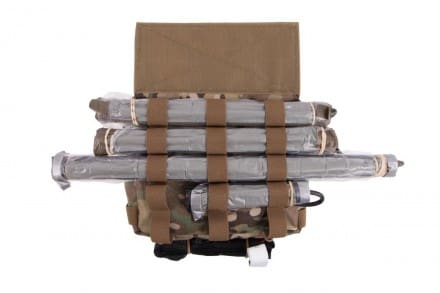
The pouch features 2 elastic shock cord loops and toggles that allow the pouch to be rolled up and stored in a low profile when not in use. This makes it a great pouch for assaulters who may need to conduct Tactical Site Exploitations or carry extra breaching equipment for the breaching cell.
The pouch features a half zip design, which means that your equipment will not easily fall out of the pouch even if the zipper is left unsecured.
The front of the pouch features a zippered stash pocket that is constructed using a durable 4 way stretch material and is perfect for stashing small items like det cord remnants or firing device plungers The stretch material keeps those items snug and in place. It also allows the pouch to expand if you must stuff oversized items into it.
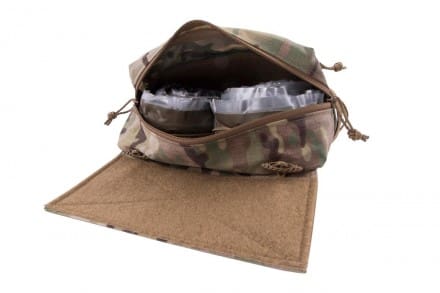
The inside features soft loop Velcro on both sides. This makes the Lunchbox very dynamic, giving you the ability to use our Velcro Insert Suite to organize mission essential equipment. It also features two slide-locks that make it easy to adjust the tension of the elastic loops hanging below, as well as two tie-down loops for securing sensitive equipment. The two grommet holes on the bottom aid with drainage of the pouch, if submersion occurs.
The Lunchbox is designed to fit onto the bottom of our Micro Fight Chest Rig, or plate carrier or rig that accommodates standard hook and loop, making it a versatile choice for those changing load-outs often. Simply pull this off one kit and add it to another.
The bottom of the pouch features two elastic loops that can be adjusted to hold a tourniquet or other equipment that you may need to rapidly deploy. If bottom carry doesn’t fit your mission needs, you can easily remove and reinstall the loops as necessary.
spiritussystems.com






